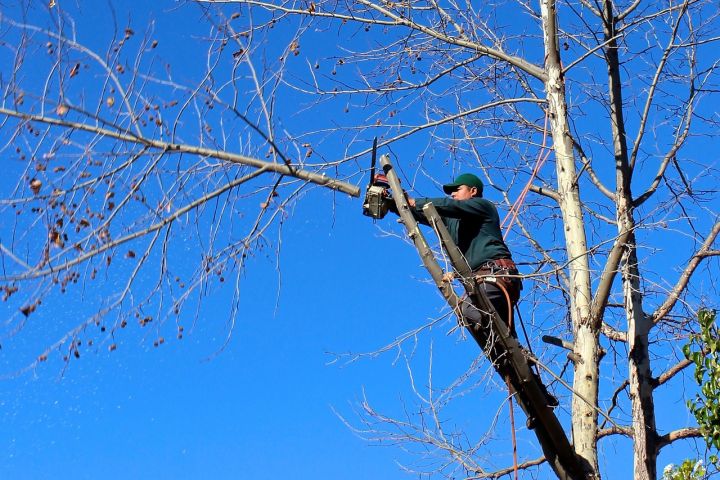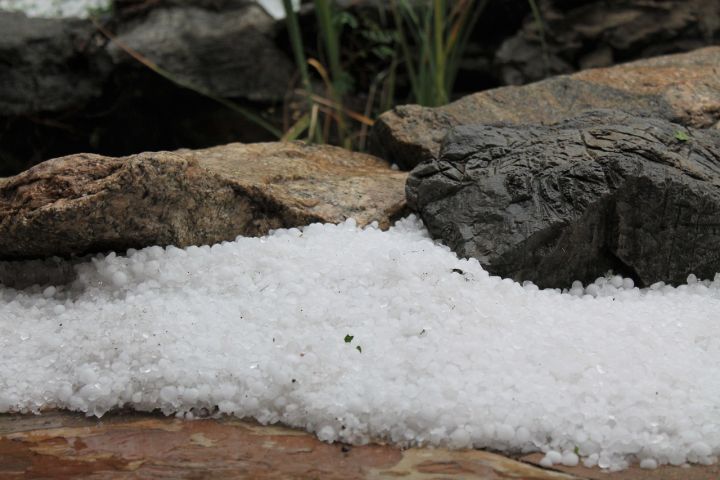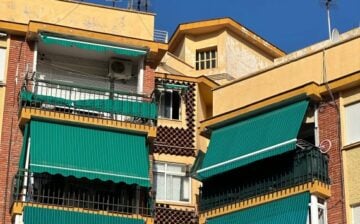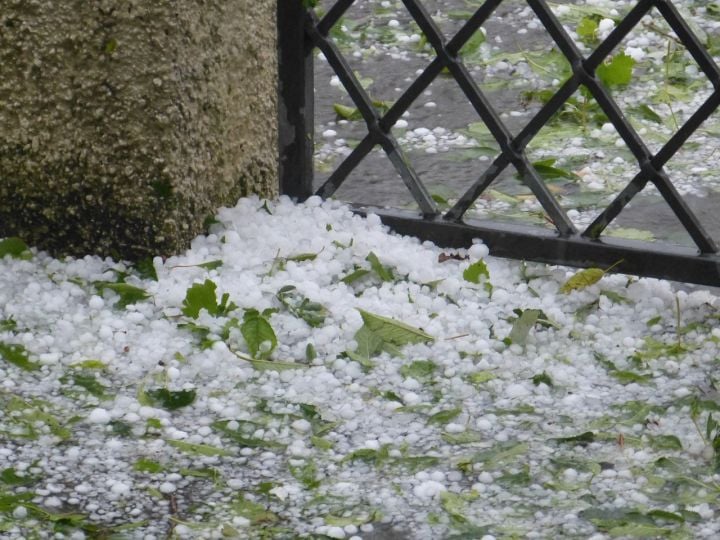
Hail is a solid ice-like precipitation that mainly falls during cold weather inside thunderstorm updrafts, as defined by the National Oceanic and Atmospheric Administration, NOAA. Due to their ice-pellet nature, often called hailstones, hail can cause massive damage to homes, cars, and other properties.
In homes, hail can cause devastating damage to the roof, siding, window and skylight, gutter, paint and finishes, outdoor furniture and appliances, landscape and garden, and HVAC system. This is why It’s necessary to take adequate precautions in due time to secure your property and home.
While the size of hailstones varies, from tiny pellets to huge stones, it’s better to understand that the effects can be overall adverse in either of the cases. But with the proper preventative measures, you can significantly reduce the risk of hail damage to your home, which will be covered in this article.
1. Invest in a Hail-Resistant Roof
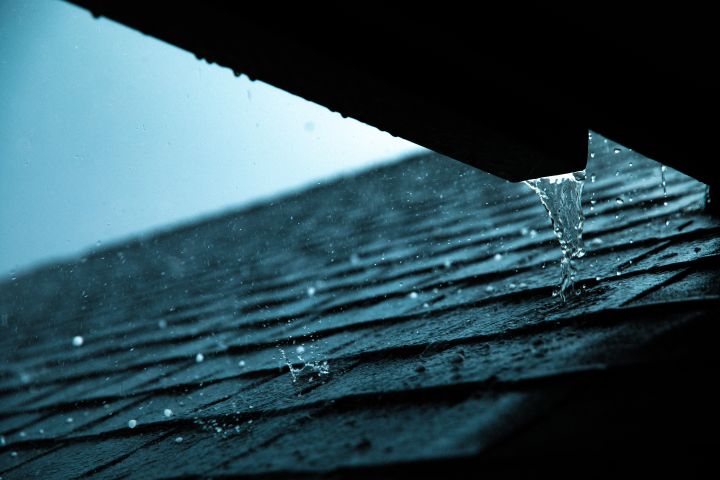
Investing in a hail-resistant roof is one of the most basic preventative measures against hail. Although hail can damage the roof first, other parts of the house, including windows, are often vulnerable to destruction if the roof isn’t sturdy.
Always check the roof condition regularly to determine whether damaged areas or shingles are not appropriately placed. Don’t assume even the tiny dents you see, as they can lead to more adverse issues in the long run.
Upon inspection, replace the damaged or broken shingles immediately. For the best results, consider high-impact resistant roofing material. Working with a reputable roofing company that uses the strongest materials for hail damaged roof repair is advisable, ensuring that it meets the insurance standards.
A good hail-resistant roof must meet the following conditions:
- Strong and stable
- Weather resistance
- Durable
- Fire-resistant
- Heat-resistant
- Sound resistant
- Air leakage resistant
- Secure
Another thing to check is the roof slope, which is crucial in preventing hail damage. Often, the steeper the roof slope, the less damage you can expect after hail. Steep slopes prevent direct hits, especially when hails fall straight.
Typically, when the hails fall at an angle, one of the sides will have less to zero damage. In contrast, hails will fall directly on the roof when flat, increasing the likelihood of severe damage.
2. Landscape Your Trees
Strong winds often accompany hails, which means if your house is in danger, so are the trees and shrubs around you. In this case, however, the trees can damage your outdoor properties or even the house itself if the trees have long and massive trunks.
That’s why trimming large branches, bushes, or even trees that can fall toward or into your home during hails or storms is vital. Ideally, keeping your lawn away from weak, dead, or dry shrubs and trees that can loosen during storms can significantly help mitigate the risks of hail damage.
What’s better, even after landscaping your lawn, it’s just as significant to protect your items in the backyard even more. Have a system ready to protect your belongings in case hail starts suddenly. Materials, such as tarps, canvas, and polyester, are some of the most flexible, strong, yet protective against hails you can use.
While this won’t provide complete protection, you can be confident that the damage will be less.
3. Secure Windows
Aside from the roof, windows are your home’s next most targeted component. It could be because they are directly exposed to nature and their material sensitivity – glass. Given this, hail or storms can destroy all your windows, resulting in massive damage, hence colossal replacement costs. But if you are better prepared with secure windows, you can do the trick and save money.
While many people often use storm shutters, it’s worth realizing that their efficiency is most suitable on skylights when the window faces the falling hail directly. But most notably, they can’t help in the cases of horizontal winds, storms, and hails.
So, protect your home by installing impact-resistant windows and skylights. The best windows have multiple layers of glass plus resin or plastic layer in between, increasing resistance against shattering upon impact. While the initial cost may be higher, the long-term savings in repairs and improved security make them a wise investment.
4. Consider the Exterior and Garage Doors
Unless the hails, winds, or storms are too strong, you can be almost confident that your door will not be knocked down (hopefully). But do you ever realize the same can significantly harm the aesthetic of your exterior, doors, and overall home? Of course, this can put you in more damages that require money to re-embark. That’s why you must use dent-resistant materials for your exteriors and doors.
While you can use many economical materials, get a material that guarantees safety. It can be expensive to purchase cheap materials that still endanger your exterior after hail since you may have to buy new ones every other time. Durable steel and hardwood are some of the best dents and dings-resisting materials.
So, if you feel your exterior doors can pummel during hails, invest in dent-resistant materials early enough. You’ll have resolved a problem you’ll never think of again in whatever circumstances.
5. Maintain Downspouts and Gutters
Have you checked the condition of your downspouts and gutters? Is the gutter clogged? As a critical protective measure, ensure downspouts and gutters are unclogged and are first free. This allows the water to not pull over the roof, decreasing the risk of leaks and damage. The better; when hail melts, the gutter will be a suitable drainage channel, mitigating damage.
Some of the gutter maintenance practices to uphold are:
- Regular cleaning
- Checking for holes, rust, and leaks
- Eliminating rodents and pests
- Upgrading the gutter
- Checking downspouts
Conclusion
Protecting your home from hail damage is critical to reducing replacement expenses and promoting safety during hail incidences. Equally important, stay informed about weather forecasts to ensure you’re not caught unaware. And lastly, take the above-discussed precautions seriously to be confident about the safety or value of your home permanently.
We hope you found this blog post on 5 Ways To Prevent Your Home From Hail Damage, useful. Be sure to check out our post on Hail Damage to Asphalt Shingles: What to Know for more great tips!
Have Experience in the Moving Industry? Want an Additional Income Stream? Work With All Around Moving!
Adding a new revenue stream to your company can help you boost earnings. We’ll be there for you every step of the way. Partner with us and we’ll help you profit. Click here to learn more.


